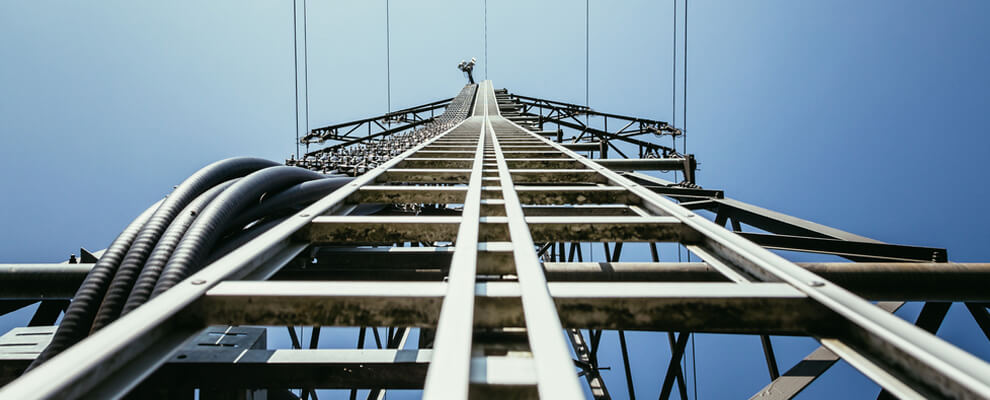
What Can You Do With a Smart Grid Testbed?
Develop Real-time Demand Scheduling
The primary goal of a better grid is to improve electric demand scheduling. Ideally, we would maximize the use of power from renewable sources when they are producing at their peak. Conversely, we would hope to minimize the use of fossil fuels wherever possible. In addition, we have to consider energy storage, which is likely to be a critical component for a renewable future. And all of this has to happen in real time to avoid brownouts or blackouts.
But today’s grids are completely ignorant of where electricity comes from and where it’s going. When overall power draw increases, the grid pulls power from wherever it can, often the nearest constant power plant. The grid can make mistakes too: Look at the Northeast blackout of 2003 for proof. How can we make them smarter?
Smarter Technology
To build a smarter grid, we need more technology. Automated power switches that can be controlled by computer algorithms and models are one of the fundamental components. While power transmission itself needs little innovation, power routing does. We also need to improve how we detect and communicate power generation and consumption, which is where smart meters come in. The days of the power company’s meter checker going from door to door will soon be in the past.
Finally, we need communication between devices. Running additional wires or attempting to send extra signals through power lines would require a massive overhaul of our infrastructure. Instead, GSM modules that communicate wirelessly using cellular service or even satellite connections can solve the problem. With these components, in addition to energy sources and loads, you can build a testbed. However, there’s more to a smart grid than just optimizing demand scheduling.
Improve Fault Detection
One of the added benefits of making the grid more intelligent is that it’ll be able to detect faults more reliably. The more sensors and smart devices attached to the grid, the more data we can collect. That data can be used to predict faults based on previous data while also alerting us to any faults that happen in near real-time. By staying one step ahead, we can keep the grid working smoothly with minimal interruption.
Downtime will decrease significantly as maintenance becomes more proactive and targeted. Repairs are also easier to perform as technicians can locate faults with greater accuracy. But what if the grid could take the next step and prevent damage to itself, or even correct errors on the fly?
Self-Healing Grid Technology
A sudden loss of power generation or a sudden spike in consumption can cause hardware failure at multiple points in the grid. Power lines can be overwhelmed to the point of structural failure. Transformers likewise may shut themselves down to avoid damage. Generators can be overworked. In a traditional grid, unexpected events often lead to cascading failures, a domino effect that leads to widespread blackouts.
A smarter grid can contain the damage and then reverse it. By intelligently cutting off power to non-essential customers and services for a brief time, a modern grid could avoid damage from sudden spikes, or more efficiently respond to a loss of power production. Instead of manually reactivating systems, smart technology could turn them back on when conditions are right. With a testbed, you can train computers on your model to get them ready for these tasks.
Get Your Grid Ready
Global power consumption only continues to rise. Infrastructure lags behind. We need a smart grid. With a testbed, you can build a convincing case for utility companies, governments, and everyone in between. At SAAB RDS, we know what technology you need and can help you implement it. Contact SAAB RDS to schedule a consultation.
